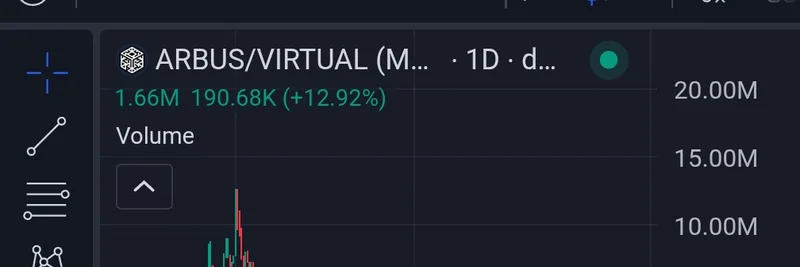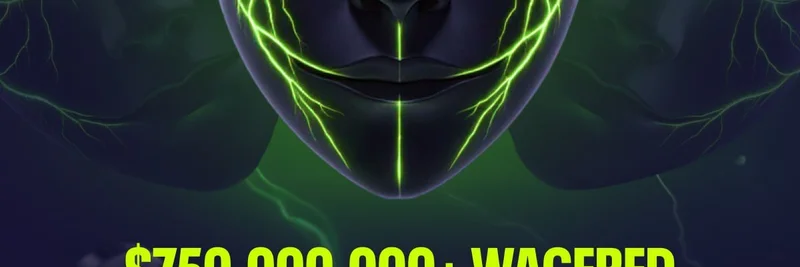In the ever-evolving world of cryptocurrency, old rules are constantly being rewritten. A recent post on X (formerly Twitter) by KevinWSHPod, host of the "When Shift Happens" podcast, perfectly captures this shift. He challenges the long-held belief that smaller market caps and lower liquidity equate to bigger pumps. Instead, he argues, it's all about capital flows—especially from institutions.
Let's break this down. Market cap, short for market capitalization, is basically the total value of a cryptocurrency's circulating supply. In the early days of crypto, hunting for low-cap gems was a popular strategy. These coins had room to grow exponentially because they started small. Pump potential was high, but so was the risk.
But as Kevin points out, that's no longer the case. "The hardest thing in crypto is to detach yourself from the noobs concept of smaller market cap // lower liquidity = bigger potential pump," he writes. Why? Because institutional investors—think big funds, banks, and corporations—are pouring money into the space. These players prefer established assets with high liquidity, where they can move large sums without causing massive price swings.
Take Bitcoin (BTC) as an example. Despite its enormous market cap (over $1 trillion at times), it has "massively outperformed" smaller coins. Why? Institutions see it as digital gold—a safe bet in a volatile market. Ethereum (ETH) is following suit, especially with upgrades like the Merge and growing DeFi ecosystems attracting serious money.
Then there's Solana (SOL), a layer-1 blockchain known for its speed and low fees. Kevin predicts SOL will crush your average $10 million market cap "shitcoin" (a slang term for speculative, often meme-based tokens with little utility). SOL's market cap is already in the tens of billions, yet it draws institutional interest through partnerships, scalability, and real-world applications.
This insight resonates deeply in the meme token community, where many projects start with tiny caps and rely on hype for pumps. At Meme Insider, we've seen countless memes skyrocket overnight only to crash just as fast. But with institutions dominating flows, the game changes. Low-cap memes might still have viral moments, but sustained growth? That's tougher without liquidity and credibility.
Replies to Kevin's post echo this sentiment. One user, Stoicsui, quips that Walrus ($WAL)—likely a newer token—could outperform SOL, hinting at emerging narratives. Another asks about SEI's potential breakthrough, showing curiosity about mid-tier chains. And Mucttc shares a personal story: "Been there lost money on low caps Now I follow institutional flows Much better returns and sleep at night." It's a reminder that smart investing means evolving with the market.
For blockchain practitioners and meme enthusiasts, this means diversifying beyond pure speculation. Look for tokens with strong fundamentals, community backing, and potential for institutional adoption. Tools like CoinMarketCap or DexScreener can help track flows and liquidity.
As crypto matures, understanding these dynamics is key to staying ahead. Kevin's thread is a wake-up call: detach from outdated myths and follow the money—literally. Whether you're into BTC's stability or SOL's innovation, the future favors the liquid and the legitimate. Stay informed with Meme Insider for more on how memes fit into this bigger picture.



